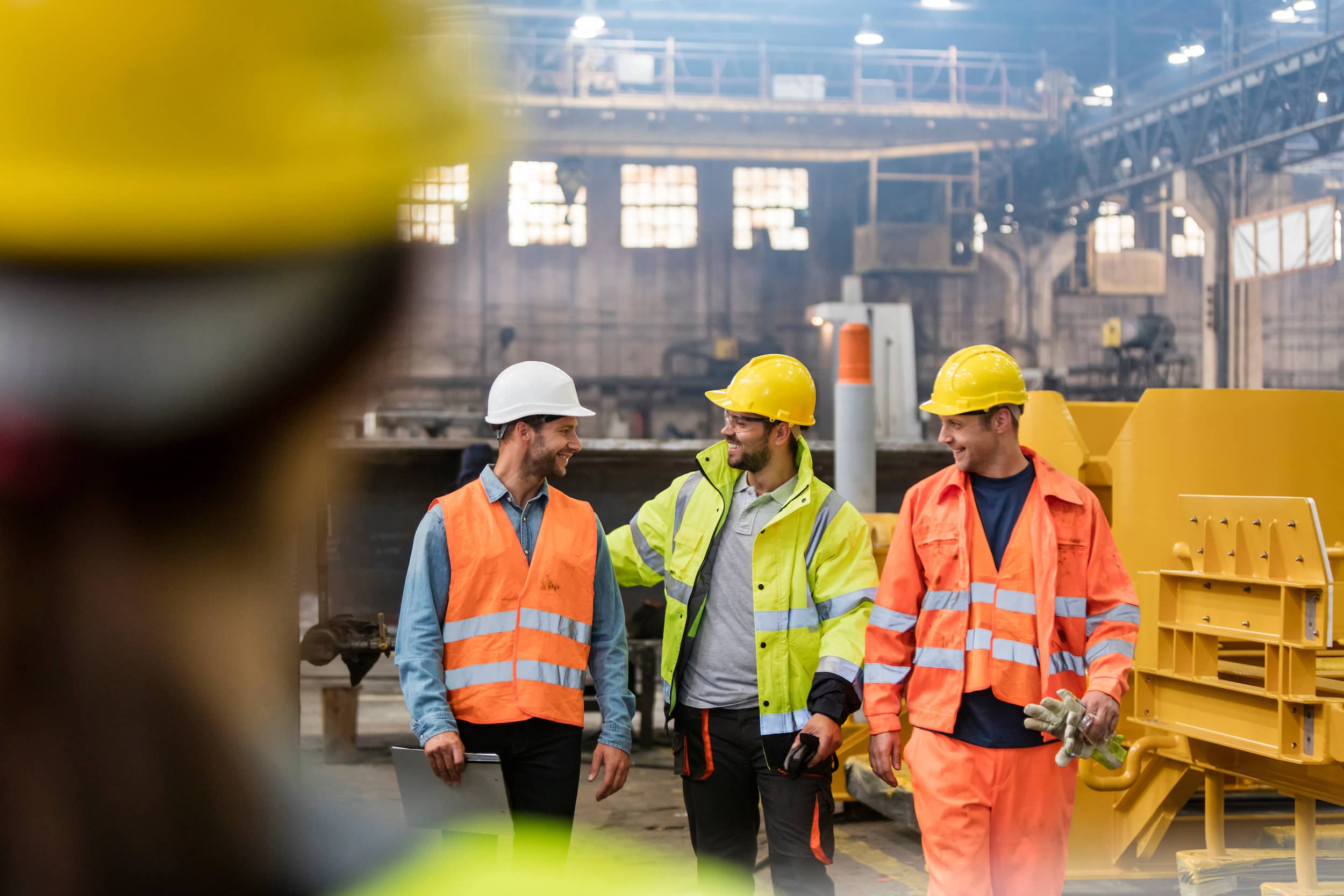Safety First: Building a Culture of Worker Protection and Risk Mitigation
In every workplace, safety should never be negotiable. It’s not merely a checkbox on a list of responsibilities; it’s a core value that forms the foundation of a successful and ethical organization. The adage “Safety First” carries profound significance, underscoring the paramount importance of safeguarding employees and mitigating risks.
Prioritizing Worker Protection: The Foundation of Success
Building a culture of worker protection and risk mitigation is not just about adhering to regulations. It’s about fostering an environment where employees feel valued and assured that their well-being is a top priority. When employees know that their safety matters, they are more engaged, productive, and committed to the organization’s goals.
The Cost of Complacency
The consequences of neglecting worker safety can be dire. Accidents, injuries, and even fatalities can result from overlooking safety protocols. Beyond the immediate human toll, such incidents can lead to legal ramifications, financial losses, damaged reputation, and a demoralized workforce. It’s a stark reminder that safety is not just a moral imperative; it’s a strategic imperative.
Cultivating a Safety Culture
Building a culture of worker protection requires a multifaceted approach that involves leadership commitment, employee involvement, robust training, and a continuous improvement mindset.
1. Leadership Commitment: A genuine commitment to safety must start at the top. When leaders actively prioritize safety in their decision-making and actions, it sends a powerful message throughout the organization.
2. Employee Involvement: Employees are often the best source of insights into potential hazards and risks. Encouraging them to actively participate in identifying and addressing safety concerns not only improves safety outcomes but also boosts morale and engagement.
3. Robust Training: Comprehensive safety training equips employees with the knowledge and skills needed to recognize, prevent, and respond to potential dangers. Regular training sessions keep safety practices fresh in employees’ minds.
4. Reporting and Accountability: Establishing a reporting system for near misses, incidents, and potential hazards encourages transparency and accountability. This information helps identify trends and implement corrective actions proactively.
5. Continuous Improvement: Safety is an ongoing journey, not a destination. Regularly reviewing and refining safety protocols based on feedback, incidents, and industry best practices is essential for evolving a safety culture.
Conclusion
“Safety First” is not just a motto; it’s a way of life in organizations that recognize the immense value of their employees. A culture of worker protection and risk mitigation is an investment in the well-being of the workforce, the company’s reputation, and its long-term success. By prioritizing safety, organizations build a foundation of trust, responsibility, and commitment that resonates throughout every level of the organization. It’s a commitment that not only protects workers today but also ensures a brighter, safer future for everyone involved.
